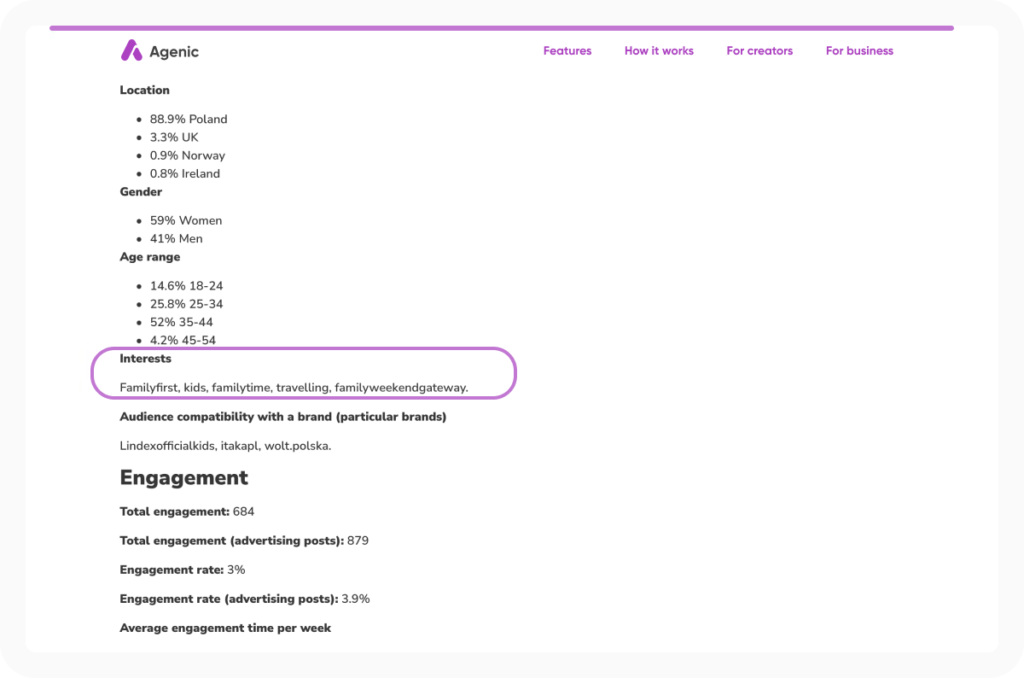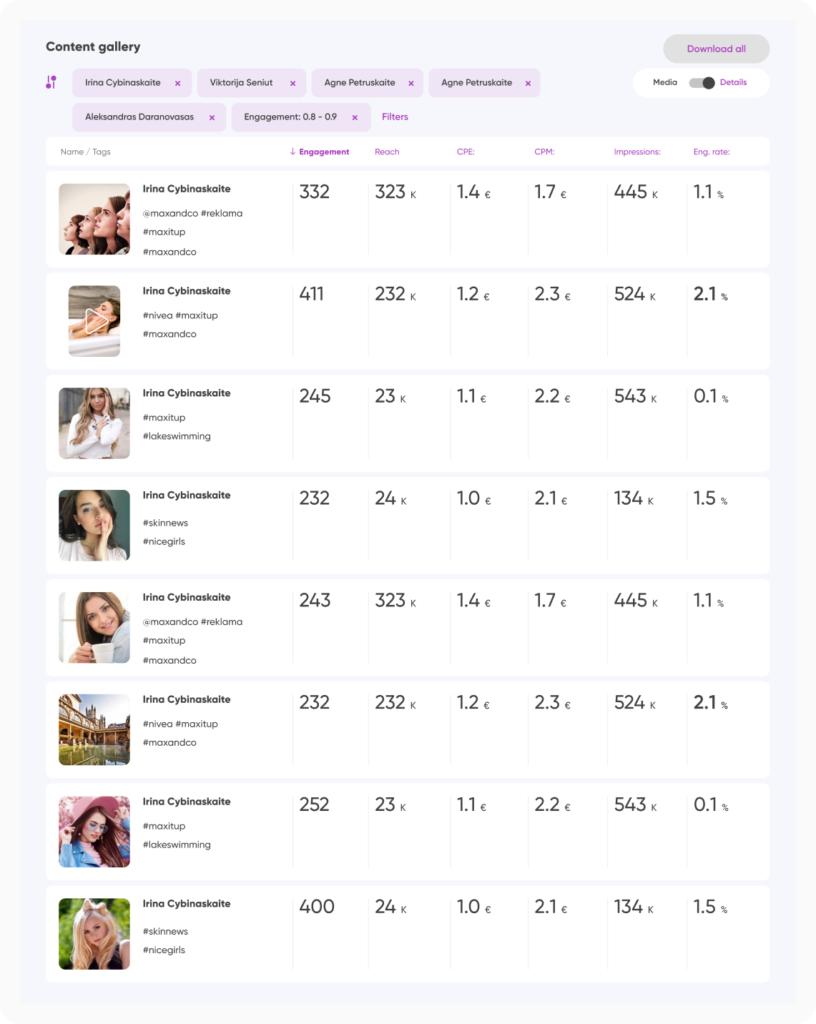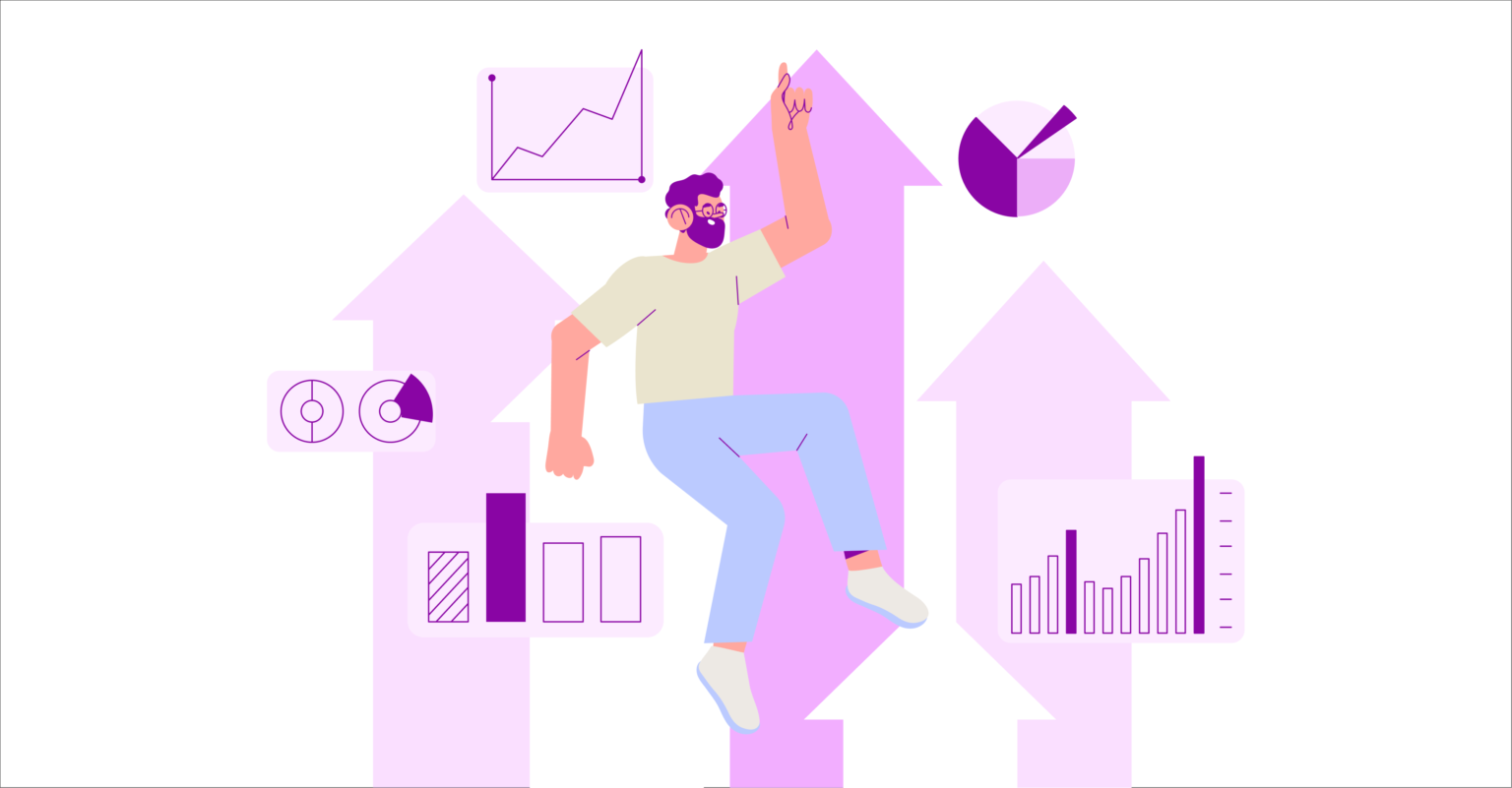When it comes to building a successful influencer marketing campaign, no advice can beat real-life experience. And we can almost bet that you’ve tried some of the advice and tips you’ve found on the internet, only to be disappointed in their ineffectiveness afterward.
That’s because they tend to be quite general and not molded to your exact case, also – minus actual field testing.
That’s why we’ve decided to create a list of our own insights, which come from years of working on influencer marketing, listening to clients, and digging deeper into the problems they have experienced along the way. So, take a look at our insights on influencer marketing; they might be exactly the thing you were looking for.
Influencer Sourcing
Influencer sourcing is where the campaign’s success begins since choosing the right match for your brand is the foundation of a meritable partnership. Of course, this might not be ground-breaking news to you, but brands still often opt for influencing big names just because they are big names. Truth be told, a big name rarely matches a brand’s vision for one simple reason – the target audience.
First off, when choosing an influencer, you have to remember that it is not the influencer to whom you are going to be selling your products but their audience. So, although matching brand and influencer values are essential for a successful partnership, there’s another, even more important thing – audience interests.
Now, figuring out audience interests is no easy feat. In fact, it involves manually checking a good part of an influencer’s followers accounts to see what kind of content they are posting themselves, what they engage with the most, where do they leave the most positive comments, and which promotional campaigns resonated with them. It’s no easy task requiring loads of time to accomplish, but that’s where Agenic steps in – a platform that does it all for you automatically.
However, when you find an influencer whose audience interests match your product or services, you can expect to exceed the expectation of engagement, spread of brand awareness, and, ultimately, sales of your campaign.
So, think of it this way – it’s not always the number of followers that matters, but quality and a collaboration with a micro- or macro-influencer might be the key that you’ve been missing.

Active Followers
Checking whether an influencer’s followers are real or bought comes without a question when choosing a partner for your campaign. All you have to do is look for suspicious profiles, and there’s your answer about bought vs. real followers.
If you do check this parameter – congrats, you’re one step closer to a successful campaign. However, there’s another thing you should be looking closely at: active followers.
Active followers are the people who have engaged in some way with the creator’s content over the last six months. It might’ve been a comment, a like, a reshare, or any other action prompted by the influencer. Follower activity is a telltale sign that the person is truly invested in what the influencer does and looks closely into what they have to say.
So, ideally, when choosing an influencer, you should look for around 80% active followers from their total count. This way, you can be sure that your message will be seen and heard. Yet, if the count is lower, you might want to look at alternative choices.
You could, in theory, do it manually (because no social media platform offers to give such data) by checking out each and every follower. But, seriously, who has this much time? So, the easiest way to figure out the active follower count would be to use data-driven tools, just like Agenic.

Audience Interests
An influencer’s audience interests are such an important factor in a campaign’s success that it absolutely deserves its own separate mention. And, to make our point, we like to use this example:
Influencer A does an occasional run and boasts about their sneaker collection, but the main emphasis in their feed is family life. They also have a significant number of followers.
Influencer B is a real sport- and wellness aficionado; however, has fewer followers.
Who’d you choose if your brand sells sporting equipment or clothes?
While choosing an influencer with a larger crowd of followers would seem like a logical step here, here’s where you might be wrong:
Although Influencer A does like an occasional workout, upon closer inspection, you might find that their followers are there mainly because of the family content. Thus, choosing them to promote, say dumbbells, might not get your message across, and the content won’t garner as much engagement and reach.
Thus, Influencer B, whose audiences are there exactly because of the sports-oriented content, might be the better choice.
So, always make sure to figure out an influencer’s audience interests before choosing to work with them.

The Math Of Influencer Pricing
Influencer pricing might come as a surprise to some and seem as though it is not based on any calculations, but rather on a whim. Well, that’s just not true.
Several factors make up an influencer’s pricing, and one of them is reach and engagement count. So naturally, the better the parameters, the higher the pricing. However, before jumping to any conclusions, now this – better reach and engagement also means that the influencer’s crowd is really invested in their content and possibly holds their opinion highly, which absolutely comes in handy for persuading the followers to like or buy from a brand. Also, it’s quite a clear sign of an influencer’s honesty when it comes to their fans. And you might have heard about the rising demand for authenticity from brands, right?
Another factor that makes up a part of a creator’s pricing is the market price. We won’t go deep into it because there’s not much to talk about, except that you should always try to keep track of average pricing and its natural fluctuations.
Now, there’s also a third part that makes up an influencer’s pricing, and it might surprise you – paid promotions reach. See, paid promotions can give you a glimpse into the maximum potential of your future campaign, and if a creator shows solid stats with such promotions, you can be sure their content will also perform just as well for you, too.

Audience Peak Time
This will be short but important – audience peak times only matter for stories-type content.
Logical, isn’t it? With a story’s short lifespan, you should absolutely look for the times when an influencer’s audience is the most active and are likely to catch the content piece before it disappears. With content pieces like images, carousels, or video posts, peak times aren’t that important since a follower is still very likely to see it regardless of the time it was posted.
So, if you’re oriented to stories-like content, the best practice would be to adhere to the audience’s peak activity times, but if it is posts you’re after – don’t sweat about it too much.
Reach Per Post
Now, this is mostly about Instagram and the stats it gives you. Here’s the thing – if you are looking for a creator to collaborate with and ask them to send you their stats on reach, you will likely get a report showing the sum of content reach over a period of time (seven days, a month, or three months). And the number will, of course, be very impressive and tempting.
However, average reach or the reach of one content piece should be that much more important in making a decision for collaboration. And while Instagram will not automatically give you such stats, you can look for them by taking a couple of exemplary posts or stories and checking their performance.
Or you could simply leave all the menial work to the Agenic platform; your choice, really.
Audience Overlap
Yup, an influencer’s audience is such an important factor in a campaign’s success that we are back on the topic for one more time. And now, it’s the audience overlap that gets the spotlight.
Let us explain a bit – imagine you’ve chosen three influencers to work on your campaign. Because you did your homework, you know that all of their audience interests match your products, the trio’s active followers count is top-notch, and there are virtually no fake followers. However, once your campaign is up and running, the reach is… not that impressive.
And that’s likely because you forgot to dig into the metric of audience overlap. If all three of your influencers share almost the same followers, then you’ve just paid three times more to reach the very same people. And that’s absolutely no good for spreading brand awareness. And if that was your aim, look for influencers whose audiences overlap as little as possible, and you’ll be sure to reach the maximum count of possible new followers or clients of your business.
With that said, if your goal is sales conversion, then audience overlap might, in fact, be a good thing. A follower converts to a customer after the third time they are subjected to your message (not without exception, of course), and if the message comes from different people, it usually has more power in shaping purchase decisions. However, if that’s your aim, opt to release the content from different influencers on different days – this way your message will be the most powerful.

Content Piece Reporting
Last but not least of our insights is the one about the importance of content piece reporting.
While it is only natural to look at the overall reporting of a campaign after it is finished (how else would you be able to measure its success?) checking the performance of a single content piece is still often overlooked.
By checking the performance of every piece of content, you can see what actually resonated with an influencer’s audience and what didn’t. For example, maybe an image post will prove to be not as interesting as a story that unexpectedly got a significant reach and engagement. This way, you can discern the format that works best to communicate your message with each of the influencers you chose to collaborate with.
In a case where your campaign didn’t work as well as you expected it to, upon looking into a single content piece reporting, you might discover the reason why it didn’t perform as it should have. The reason might be as simple as the ratio between image and video posts, or stories and carousels, depending on which of the content pieces are the most favored by a creator’s audience.

As you can see, all of these insights are easily applicable to your own influencer campaign planning and strategy. However, if you’d like to bring your marketing to a digital age, Agenic could help you modernize it. Our data-driven solutions can save both a good chunk of your time and your budget, leaving the days of manual administrative work happily forgotten.





